Metal Buildings and Acrylic Roof Coatings: One-Size Does Not Fit All
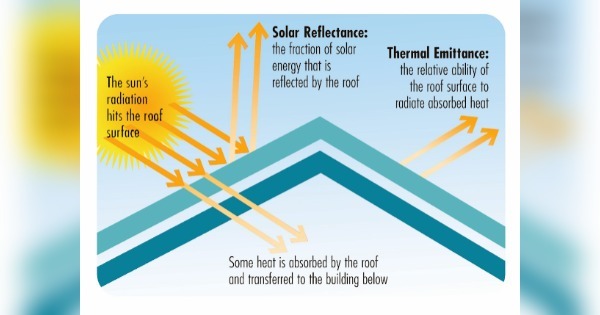
By Will Lorenz, General Coatings.
Today, metal building systems comprise nearly 50 percent of the one- and two-story non-residential building market in the United States.
Metal building systems are typically used for agricultural, aviation, warehouses, sports and recreation, and industrial structures. With such a wide variety of industries and large market share, you have a lot of opportunities to talk to building owners with metal roofs about the advantages of both an acrylic elastomeric coating and a liquid applied roof system.
As you may know, metal roofs provide many benefits to commercial property owners, such as a long-life span and lower life-cycle costs. A study by Ducker Research Company analyzing [roofs’] life expectancy found that metal roofs had an expected service life of 40 years vs. 23 years for asphalt and 20 years for single-ply. Another study by this research firm placed the lifecycle cost of metal roofs at 30 cents per square foot per year, compared with 37 cents for asphalt and 57 cents for single-ply based on expected service life. While the initial construction of a metal roof is significantly higher than other roof materials, longevity and lifecycle costs may outweigh this capital investment. These buildings are an expensive asset that owners will want to protect from abuse, degradation, or neglect.
However, like with all durable roofs, a metal building may eventually need attention like restoration or replacement. Over time, the unprotected metal panels rust, fasteners back out and rubber gaskets decompose, compromising the roof’s structural integrity and waterproof state. Additionally, because metal roofs expand and contract with temperature fluctuations, the standing seams open up and then allow moisture to enter the building envelope.
If the roof is structurally intact, rather than have an expensive panel replacement and new metal roof installed, owners and property managers should consider a cost-effective acrylic roof restoration. This process will waterproof the metal roof and extend its service life, using the original substrate as its base. Restoration can slow the roof’s potential to rust and thermally expand fourfold, and provides a sustainable, easy-to-maintain roofing membrane without the time, cost, disruption or safety concerns of tearing off an existing roof and replacing structural panels.
In my previous article I examined the benefits of silicone roof coatings. Now, I’m going to outline the advantages of an acrylic roof coating system, and also discuss the merits of a liquid-applied roof system and when you should recommend each to your customers based on the performance requirements an owner wants to make in the building.
Acrylic roof coatings
Water-based acrylic roof coatings have been around since before high-solids silicone [roof coatings] and have a long history of performance and durability with applications over many roof substrates. These acrylic coatings are formulated to be extremely elastic, have low potential to cracking and peeling, and with excellent water shedding properties. In comparison to silicone, an elastomeric coating is more cost effective per gallon and a harder surface that resists dirt and grime, and requires less ongoing routine maintenance to avoid the coating from losing its reflective benefits.
Acrylic coatings contain UV-blocking pigments like titanium dioxide that reflect degrading UV radiation. This prevents the energy from coming into the building, and lessening expansion and contraction, thereby reducing the fatigue on the metal.
To ensure best results, most metal roofs should to be treated with a rust-inhibitive primer prior to restoration. These primers prepare the roof surface for the coating by improving the overall bond and sealing the roof substrate.
A building’s roof system can account for 10 percent of total construction costs but up to 60 percent of total lifecycle maintenance expenditures. Applying an acrylic roof coating, which can be recoated again for future roof longevity, is a low-cost maintenance solution that offers an excellent balance of upfront cost and long-term performance, and helps reduce routine maintenance expenses.
Tax savings, incentives and rebates
When used as part of an on-going maintenance program metal roof recoating may bring tax advantages to building owners. Because its classified by the IRS as “restoration,” in most cases it can be expensed in the accounting period in which it is incurred.
Contractors may also suggest owners research the DSIRE database, which provides a comprehensive source of information on incentives and policies that support renewable energy and energy efficiency in the United States.
Liquid-applied roof system
It is becoming more common to see metal roof restoration referred to as 'liquid-applied roof system.’ It is important to understand the difference between this reinforced system and a typical acrylic coating restoration. If simple rust protection or enhanced solar reflectivity is the desired outcome, then a restoration is suitable and cost effective. However, if the metal roof requires additional durability because of high foot traffic, greater need for structural protection or enhanced waterproofing then a liquid-applied roof system would be optimal. This multi-layer reinforcement system mitigates expansion and contraction while strengthening seams and penetrations as compared to a standard acrylic roof coating.
Typically, a liquid-applied roof system is composed of a primer, base coat, reinforcing fabric, a mid-coat and a final top coat. All coating systems involve cleaning and preparing the existing metal substrate, applying a primer and then a applying one or multiple coats over the entire surface. A key task when applying a liquid-applied roof system is the proper encapsulation of the polyester fabric covering the whole embedded weave and having sufficient layers of top coat to provide a durable wear surface. Since these systems are seamless, the reinforcement fabric is embedded into the liquid and mechanically bonded to the metal panel. This provides a tougher surface that ensures waterproofing, enhanced durability and longer performance.
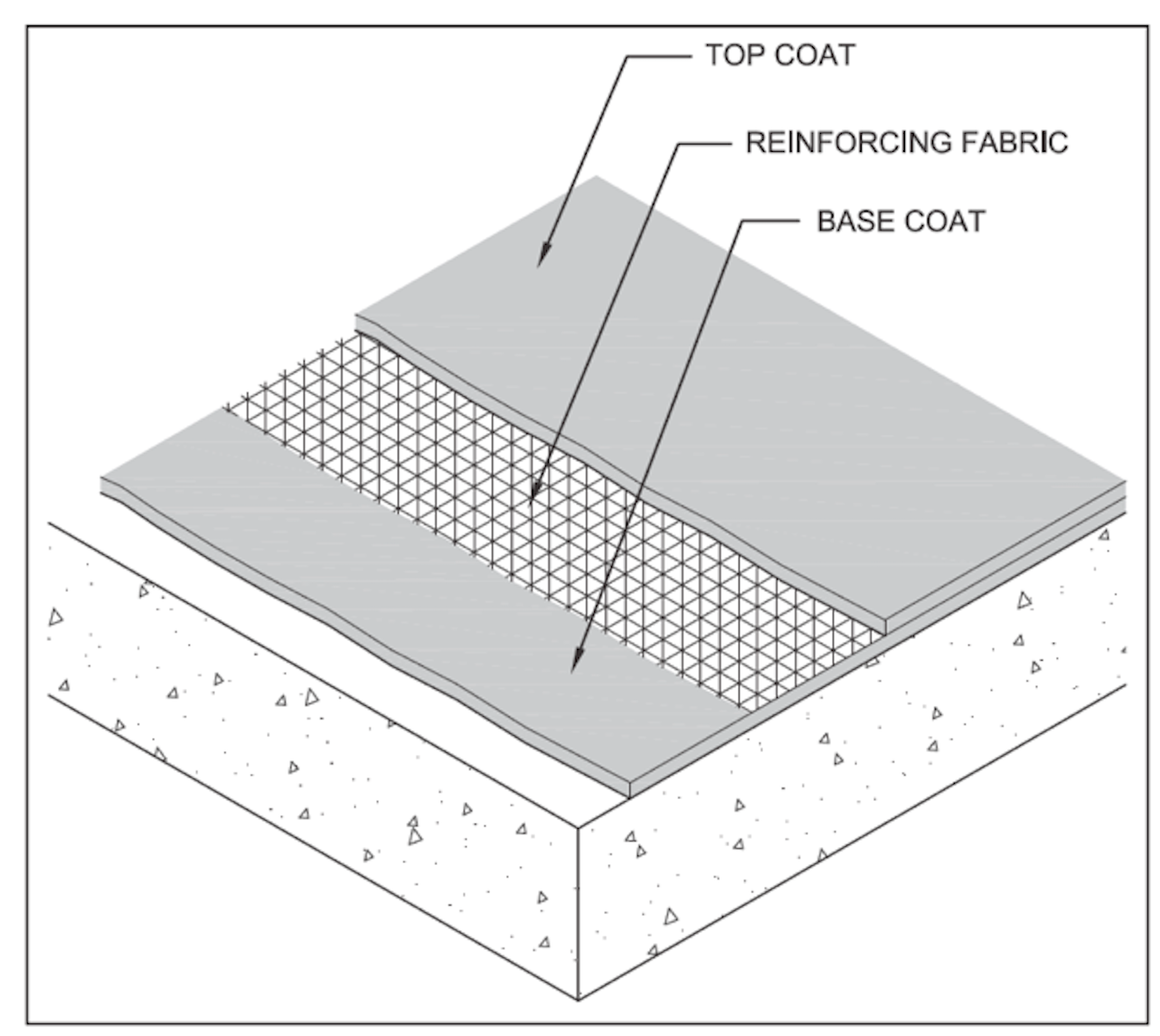
Without proper preparation techniques like back-rolling, the fabric’s adhesion to the base coating can be compromised. Liquid-applied roof systems are usually installed for a 10- or 20-year performance requiring a manufacturer’s roof inspection verifying its proper application. While a liquid-applied roof system requires more investment, the reinforced roof layer may be of greater benefit to some building owners.
Conclusion
Understanding your customers’ investment needs is the first step to knowing whether to recommend an acrylic roof restoration or a full liquid-applied roof system. Communicating the benefits each roof system provides to metal roof building owners or maintenance managers is another way to position yourself as a valuable solution provider.
Learn more about General Coatings in their RoofersCoffeeShop® Directory.
Will Lorenz is Vice President of Sales with General Coatings and may be reached at will@generalcoatings.net or (949) 466-8552. Over his 33-years in the roofing and polyurethane foam industry, Will has received numerous awards and recognition. He is currently president of the Roof Coating Manufacturers Association, a member of NRCA and serves on the board of directors for the past two years for the Spray Polyurethane Foam Alliance board of directors. When not focused on roofing, Will enjoys watching the Chicago Cubs and Blackhawks, spending time with his family and attending church, and taking his pit-bull mix, Mack, for long walks around his California neighborhood.

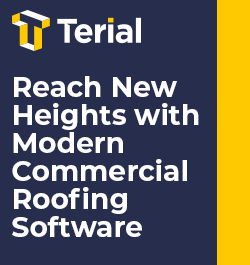











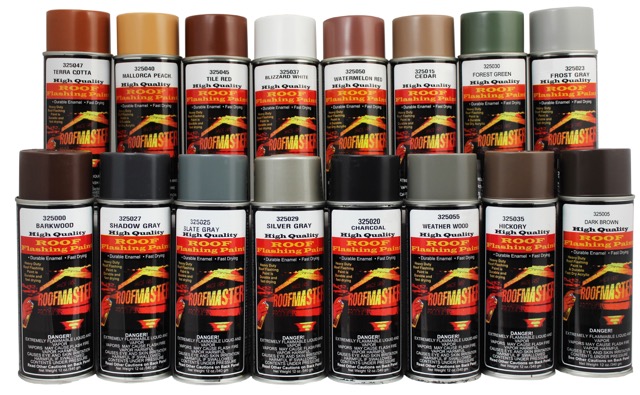
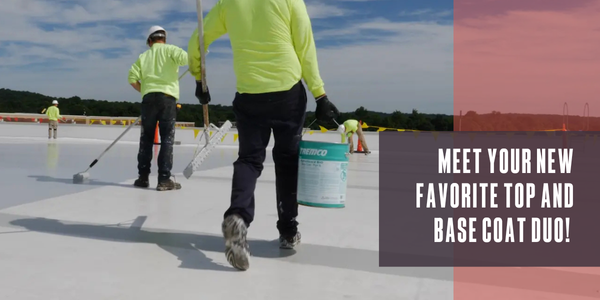
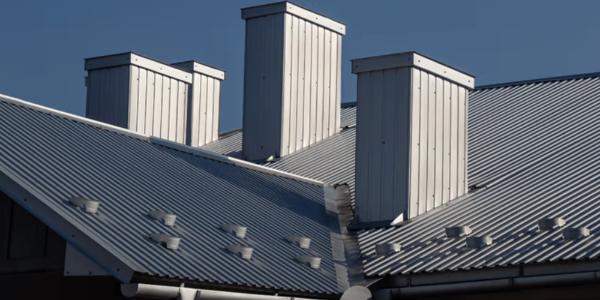







Comments
Leave a Reply
Have an account? Login to leave a comment!
Sign In